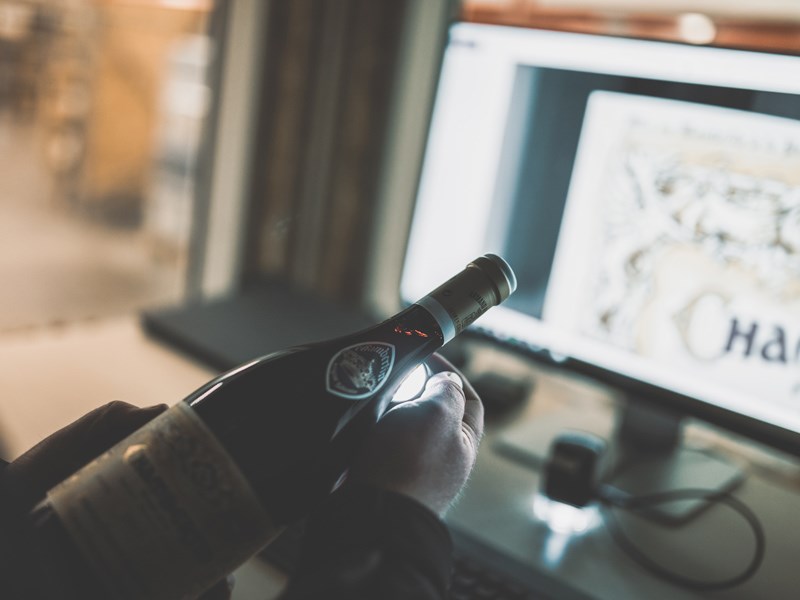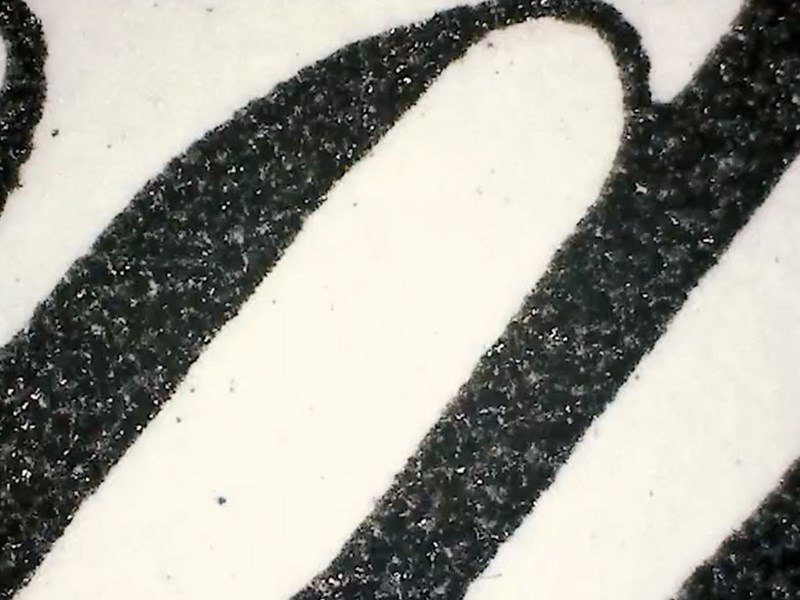Article - RareWine Academy
The Fight Against Wine Counterfeiting And Fraud
Wine is the oldest luxury product in the world and one of the most coveted. Naturally, the most expensive wines are also vulnerable to counterfeiting and fraud.
Wine is the oldest luxury product in the world and has been one of the most coveted in history. As with Rolex watches, Burberry scarves, and Louis Vuitton bags, the most expensive wines are also vulnerable to counterfeiting.
It is not uncommon for the best wines to cost up to €40.000 per bottle when released. For magnum bottles and even larger formats, the price can reach hundreds of thousands of euros per bottle. As the supply is gradually reduced by consumption, the value increases considerably and with it the incentive to counterfeit the most expensive wines.
It is estimated that up to one-fifth of the market for rare and exclusive wines is counterfeit.
The Anti-Fraud Department Combats Wine Fraud
Fraud is a serious issue, which is why all wines traded through RareWine Invest undergo an anti-fraud inspection upon arrival at Nordic Freeport. Only after our anti-fraud department has verified the authenticity of the wine is it released for trade or investment.
Over the years, RareWine Group has built one of the world’s most extensive image archives of rare and expensive wines. The archive contains over 100,000 high-resolution images of both genuine and counterfeit wines. The wines are photographed from all angles and even examined under a microscope and UV light.
Through close collaboration with wine producers, auction houses, and other industry experts, our anti-fraud department works daily to make the wine world a safer place. Today, we are among Europe's leading experts in our field, and our work against fraud is internationally recognized.
 RareWine has the world's most comprehensive photo archive of rare and exclusive wines.
RareWine has the world's most comprehensive photo archive of rare and exclusive wines.
Special Characteristics Of Counterfeit Wines
How to identify a fake wine can actually be some sort of science. There is an incredible number of indicators that can come into play. First of all, the naked eye can quickly get an idea of the color, condition, and consistency of the wine, whether there is any precipitate in it or whether the bottle is discolored.
The Label On The Bottle Reveals The Type Of Wine
Furthermore, there is the label, on which hidden indicators can be found. Often, it can only be seen with UV light or holograms, which also are the same principles known from banknotes. If you look at the label under a microscope, you can also see paper fibers, the printing process, printing ink, color pigment, which can differ from vintage to vintage. It is possible to see whether the paper fibers are too neat in relation to the age of the label and whether the color pigment is the same as what was used for the wine in question at the time.
Many of the most expensive wines are numbered, which is another reason why many of the largest producers do not give the exact number of bottles produced of a particular vintage.
Actually, the unique number of the wine can also influence the price. The bottle with number 1 there is often also the most expensive. Generally, there is more interest in the low numbers, but even round numbers can have a marginal influence on the price. For example, bottle number 1,000 will be more interesting to many collectors than any other number.
In some cultures, you can also experience the opposite. For example, all numbered wines containing the number 4 are not quite so attractive in the Far East. In that culture, the number 4 is synonymous with death, whether it is bottle number 4 or number 10,042.
The Bottle Can Be Decisive In Detecting Counterfeits
Then there is the bottle itself, which often already bears the ravages of time and is usually kept in dark shades of green to protect the wine from light. Although many top producers have their very own bottle design, there are nevertheless details that vary from vintage to vintage among the individual producers.
The notch at the end of the bottle, if there is one, is a remnant of glassblowers of the past, but also serves as an excellent example of the variations that can be from vintage to vintage, where the depth or design can vary.
Even the small racks that are at the bottom of many wine bottles and ensure that the bottle does not slip easily on a table can vary in placement from vintage to vintage and from producer to producer.
Pay Special Attention To The Top Of The Bottle
It is often the top of the bottle that raises the suspicion of fraud. Regardless of whether the wine is sealed with foil or wax, you can see differences under the microscope that reveal that the wine may have been resealed.
There are many different types of wax, some of which are softer and others more resistant. However, most types of wax will crack to a greater or lesser extent over time, which is why you can even compare two otherwise identical bottles with the naked eye. Among them is the cork, which will show signs of aging over time.
Technology To Combat Wine Counterfeiting
The wine world has made it its mission to fight wine counterfeiting. For example, recent publications also show that wines are being equipped with hidden microchips which, when scanned, provide information about the origin of the wine, the storage temperature and, in some cases, also allow the wine to be traced via the chip. One of the leading companies behind this technology is Prooftag, which has been working with wine producers around the world since 2007.
The identification platform Selinko and the printing company Toppan have established cooperation in which they can register everything from wine bottling to origin with special labels and capsules. The two companies work together with Domaine Emmanuel Rouget, among others - one of the absolute top producers from Burgundy.
Special labels that change color are also used when a wine has been stored, for example, too hot or at fluctuating temperatures, so that a potential buyer is warned about the condition of the wine. Therefore, correct and documented storage with a third party also has a great impact on the price you can achieve for a wine at a sale. This is the buyer's best insurance against buying a pig in a poke.
 Close-up image of wine label
Close-up image of wine label
Three Tips To Avoid Counterfeits When Buying Exclusive Wines
How can you protect yourself as a buyer and wine investor from fraud when you trade in exclusive and rare wines on your own? We have compiled three good tips here so that you don't make common mistakes.
1 - Always Know The Supplier When You Buy Wine
Trust and knowledge of your supplier are essential if you want to avoid pitfalls when buying exclusive wines. Avoid buying wines from dubious websites, in faraway countries, or through suspicious people who cannot document the wine's storage and origin through third-party verification.
2 - Be Vigilant When Buying Wine At Auction
Often some of the best and most expensive wines in the world can be found for sale at one of the big auction houses, but even here you sometimes experience fake wines going under the hammer, even though the auction houses also do their utmost to exclude fraud. Finally, there is often no third-party documentation on how the wine was stored, for example, if it was stored in a private cellar. So you need to know what to do when you trade wine at auction.
3 - Common Sense - Especially With Regard To Exclusive Wines
Finally, do not forget common sense when buying exclusive wines. If something is too good to be true, it probably is. Remember that up to one-fifth of the market is said to be fake. If you receive a wine that turns out to be fake, it can be worthless from one moment to the next. It is far from certain that you will find your way back to the seller or get your money back. It may be an idea to buy whole intact original boxes of wine, which will undoubtedly be worth more on the day you need to sell it again.
